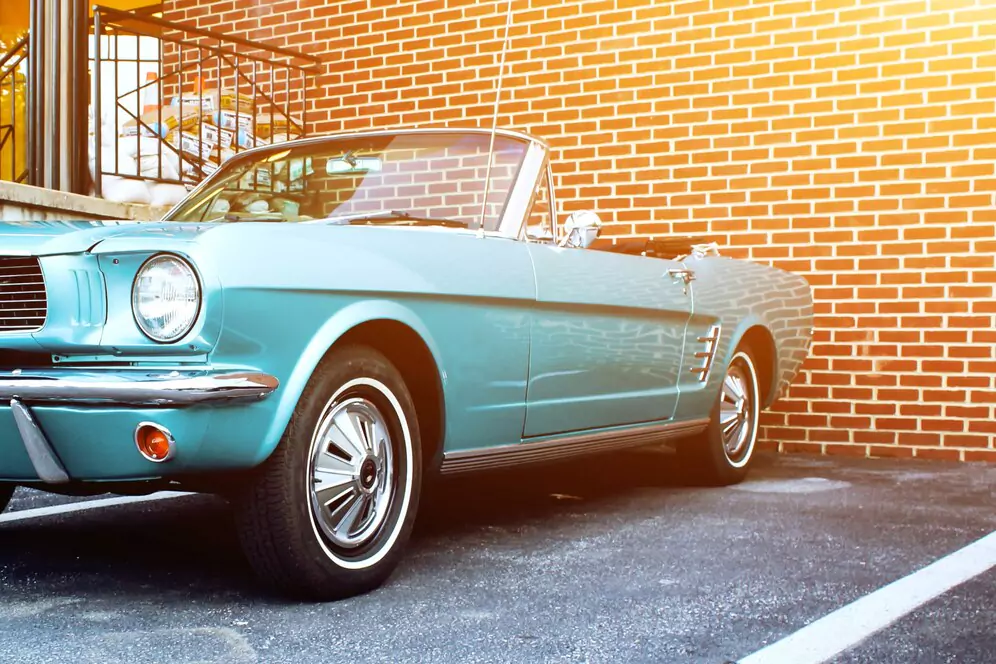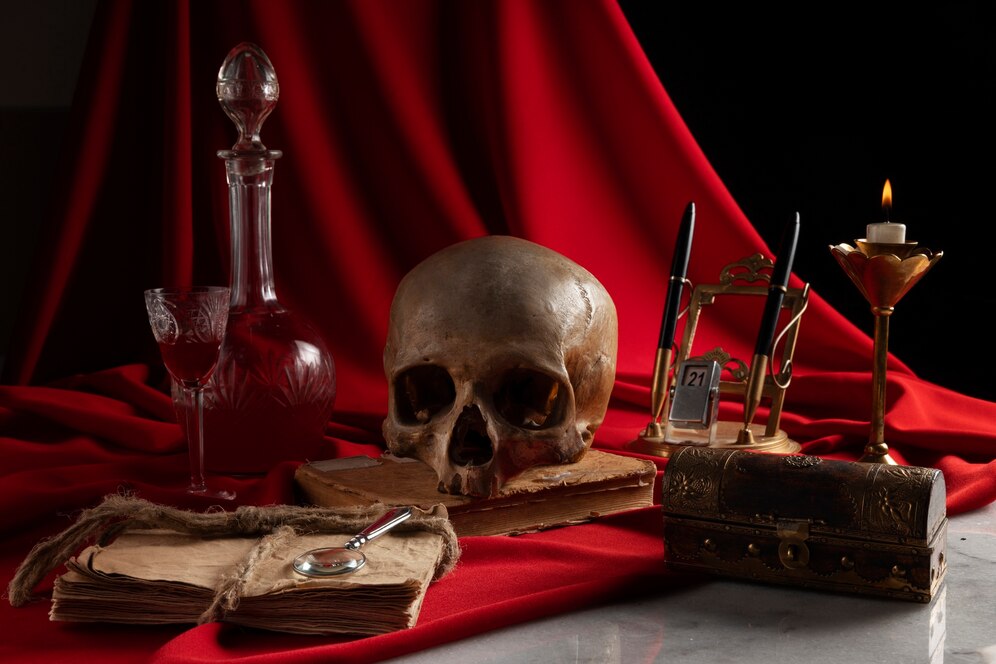The seventeenth century turned into an generation marked via speedy shifts in politics, way of life, and technology. Europe become a continent on the threshold, rocked with the aid of wars, pandemics, and the ever-looming chance of religious conflicts. Amidst this weather, dark and dangerous games started to grow to be approaches for humans to confront mortality and destiny in a right away, frequently stunning manner. One of the most infamous of those alleged games is Death Roulette, a concept frequently shrouded in mystery and myth, although historians debate its actual origins and lifestyles.
This article delves into the grisly history, explores the fact in the back of Death Roulette, and examines how these macabre pastimes meditated the broader social and cultural anxieties of the 17th century.
The Origins of Death Roulette: Fact or Fiction?
Before we delve deeper into Death Roulette itself, it’s important to make clear that the exact ancient accuracy of the sport stays speculative. While there’s little direct documentation proving the great exercise of a sport akin to trendy-day Russian Roulette, there are recorded times of nobles and military men undertaking dangerous games of risk concerning firearms, duels, and other lifestyles-threatening occasions.
The 17th century become a duration of intense social hierarchy, honor, and fatalism. In Europe, specifically inside aristocratic circles, life-and-demise conditions have been often ritualized in duels, challenges, and dangerous acts of bravado. It is in this social environment that rumors of Death Roulette or comparable games of threat might have taken root.
One famous, although probably apocryphal, tale links the early origins of Death Roulette to the squaddies of the Thirty Years’ War (1618–1648). As the war dragged on, becoming one of the longest and maximum devastating conflicts in European history, memories began to circulate of soldiers playing with their lives in between battles. These squaddies, regularly faced with dying on the battlefield, allegedly commenced to flirt with the idea of death in extra planned approaches, one in every of which turned into a lethal version of playing—Death Roulette.
How Death Roulette Allegedly Worked
The concept of Death Roulette, if it did indeed exist in the seventeenth century, changed into chillingly simple: area your life inside the arms of destiny. Early variations of the game in all likelihood revolved round primitive firearms which includes flintlock pistols or even muskets, which have been notorious for his or her unreliability and on occasion misfired. In a typical game of Death Roulette, members might take turns loading a unmarried bullet into the firearm, spinning its cylinder or drawing masses, and pulling the trigger. The “winner” would be the ultimate guy status, assuming the gun hadn’t fired on one among the sooner rounds.
However, the design of firearms within the seventeenth century makes it questionable whether or not such games could have been played within the actual way that modern versions of Russian Roulette are depicted. Revolvers with cylinders have been no longer extensively to be had all through this period. Instead, firearms had been in the main single-shot pistols or muskets, requiring manual reloading. Therefore, any model of Death Roulette could in all likelihood have concerned a slower, more planned process, perhaps concerning some shape of rudimentary dice or lot-casting to decide who might shoot first.
Social Context: Why Did People Play?
What could compel people to engage in any such dangerous sport? To answer this, we have to understand the cultural and mental mind-set of the 17th century, in particular among soldiers, the Aristocracy, and other elite classes.
- Honor and Duels: The aristocratic lifestyle of the 17th century was closely ruled by way of principles of honor, reputation, and masculinity. Duels were frequently fought over topics of pride or slights, with loss of life often being the final results. The willingness to chance one’s existence over a perceived insult reflects a deep dedication to social popularity and personal honor. In this context, a game like Death Roulette could have been seen as the ultimate test of bravery—a shape of gambling that concerned not cash, but one’s existence.
- Fatalism and Religion: Religious ideals played a widespread role in 17th-century European life, particularly as the century saw the Reformation and the Catholic Counter-Reformation. The era become also characterized by a feel of fatalism, fueled via the Thirty Years’ War, the Great Plague of 1665, and numerous other calamities. Many people believed that life was short and full of suffering, with dying looming as an ever-gift partner. In a time whilst diseases have been rampant and medicinal drug turned into rudimentary, it’s viable that a few people saw a recreation of dying as a manner to confront their mortality in a right away and nearly ritualistic style.
- Psychological Escapism: The 17th century turned into a harsh time for maximum Europeans. With wars, plagues, and famines regularly afflicting the population, there was frequently little to rejoice. For the few privileged individuals who had the way to bask in video games, the enchantment of a high-stakes, life-and-dying gamble can also have been psychologically releasing. For soldiers who confronted dying every day on the battlefield, participating in such dangerous video games might have been a manner to regain a few control over their lives.
The Instruments of Death: Flintlock Pistols and Muskets

While present day Russian Roulette is performed with a revolver, firearms in the 17th century had been far greater primitive. The weapon of preference could have probable been a flintlock pistol, which become infamous for its unreliability. These early pistols used flint to create a spark that ignited gunpowder, firing the bullet. However, flintlocks had a extraordinarily excessive chance of misfiring, which means that even a game of Death Roulette may want to have prolonged suspense as the trigger become pulled however the gun failed to fireplace.
The flintlock’s unpredictability might also have brought an additional detail of fear to the game. Unlike contemporary weapons, which are more dependable, early firearms ought to create a situation wherein a player might pull the cause more than one times without result—best to have the weapon in the end discharge all of sudden. This built-in randomness could have amplified the anxiety and dread surrounding the game.
Famous Cases and Historical Evidence
While direct money owed of Death Roulette remain elusive, there are numerous times from the seventeenth century of games and activities that bordered on the edge of lifestyles and loss of life. One such case is that of Charles II of England, who is rumored to have hosted lavish events wherein noblemen would once in a while have interaction in dangerous games, inclusive of wagers on duels and other high-hazard sports.
In France, the infamous libertine Marquis de Sade documented excessive games of chance in his works, which every so often involved existence-threatening outcomes. Though his writings had been fictional and generally set in later periods, they captured the spirit of threat and moral ambiguity that surrounded these types of sports.
Despite these colorful testimonies, evidence of Death Roulette as a formalized recreation remains scant. However, the concept suits inside the broader 17th-century panorama of playing, duels, and existence-risking pastimes.
The Legacy of Death Roulette: From Myth to Modern Times
While there may be little concrete evidence to indicate that Death Roulette turned into widely performed in the seventeenth century, the mythos surrounding it has captured the imagination of later generations. The modern-day recreation of Russian Roulette, which originated inside the early 20th century, may have drawn thought from these earlier stories. In Russian Roulette, a player masses one bullet right into a revolver, spins the cylinder, and pulls the trigger—risking loss of life with every click on. Though it bears many similarities to the alleged 17th-century version, it’s a more contemporary invention.
Yet, the myth of Death Roulette serves as a potent reminder of humanity’s complicated courting with fate, chance, and mortality. Whether played by means of desperate soldiers for the duration of the Thirty Years’ War or imagined as a part of aristocratic revelries, the sport displays the technology’s deep cultural anxieties. For the women and men of the seventeenth century, lifestyles was frequently brutal and short, and games like Death Roulette, real or imagined, supplied a dark and exciting manner to confront the final gamble: life itself.
Conclusion
Death Roulette may be extra fantasy than fact, but the tales surrounding it monitor plenty approximately the seventeenth century. An generation of battle, spiritual warfare, and intense social stratification, the period changed into rife with dangerous games of honor and danger. Whether or now not Death Roulette existed in the form we believe, the notion of playing with existence speaks to humanity’s deep fascination with fate, mortality, and the lengths to which human beings will visit confront their fears head-on.













